How and how to fertilize trees?

Every owner of even a small plot dreams of a beautiful garden. But in order to grow healthy fruit trees and beautiful conifers, you need to put in a lot of effort and spare no time in caring for the garden.

What is it for?
Gardeners sometimes disagree on whether trees need fertilizer. Some believe that the tree is capable of developing independently without human intervention, and the adherents of such agriculture do not use fertilizers. Others are sure that only due to the correct and timely application of fertilizers, the tree will bear fruit, delight with its beauty and develop correctly.
Garden plots of different owners can be very different from each other. For one owner, the trees look weak and sick, for another, everything blooms, turns green and pleases the eye. And the whole secret is in fertilizers.
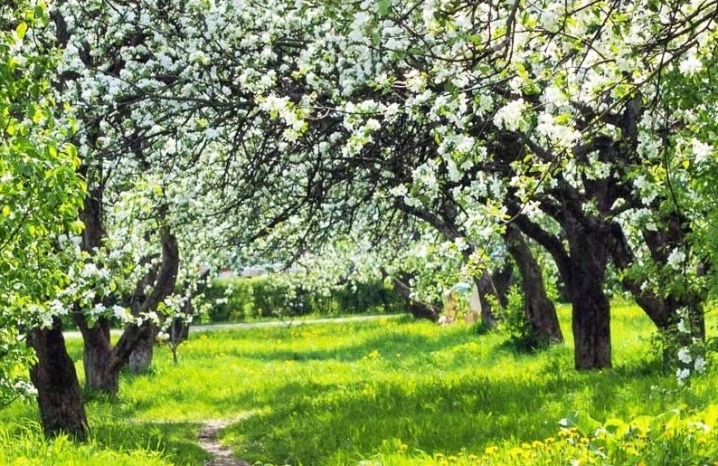
Trees need them in order for plants to develop correctly, to please with a good harvest and beauty. At different times of the year, trees require certain types of fertilizing: during the period of the beginning of sap flow - some, during the ripening of fruits - others, after the completion of fruiting - the third.
Fertilizers not only provide garden crops with the necessary substances, they help to strengthen the immune system. This means that plants will be more resistant to various diseases, of which there are many. In addition, it is easier for pests to infect a sick and weakened tree than one that has strong immunity.
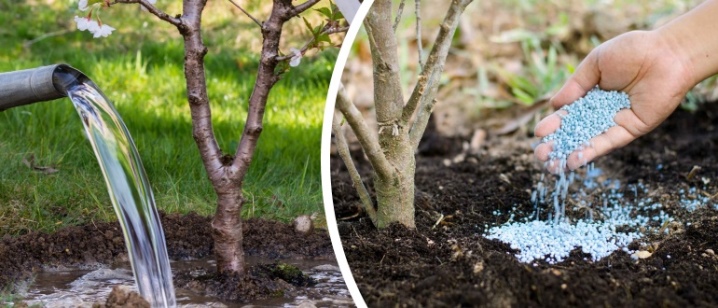
Timing
Despite the fact that fertilizers are useful and even necessary, it is impossible to apply them spontaneously when you want. This is more likely to be harmful than beneficial. It is imperative to fertilize the trees at the time they need it. Therefore, it is better to develop your own fertilization schedule and stick to it in your summer cottage.
- Autumn... This is the time of harvesting, harvesting, sending fruits for winter storage. There is a lot of trouble. But it is even more important to help trees recuperate after their vigorous activity and help them leave well prepared for the winter. You can start this work after the trees have borne fruit. After waiting two weeks, they begin sanitary pruning, preventive treatment against pests and fertilization. The term of these works depends on the region. If in the northern regions and central Russia all the preparatory work should be completed in October, then in the southern regions they can be safely carried out in November.
At this time, organic fertilizers are applied. These include even rotted leaves and fruits that have fallen from trees. With their help, humus is created, which affects the quality of the soil. But for trees to winter safely, they also need potassium and phosphorus.
But nitrogen cannot be brought in before the onset of cold weather, otherwise the tree may release new shoots, which will soon die.
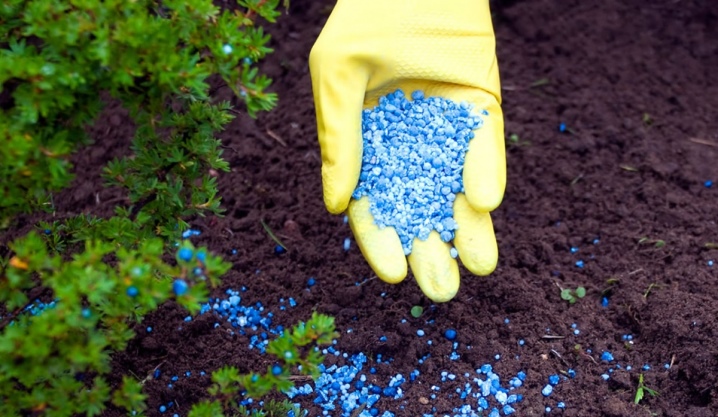
- Winter. This is a dormant period. At this time, no work is done, even if it is a southern region and the weather permits. This also applies to fertilizers. All that trees need in winter is reliable protection from the cold, and this will help a good layer of mulch and special shelters, if it is required by too low temperatures.
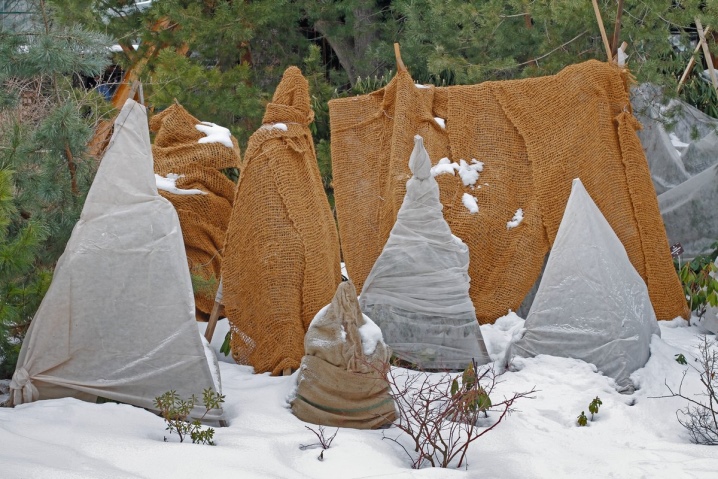
- Spring. The awakening of trees is a very important moment. Early spring is the time to help them wake up from a long sleep, feed them, provide them with nutrients. After all, a long period of flowering, ripening of fruits begins, which means that vitality is extremely necessary.With the right fertilizer, the trees will actively develop and release new shoots. And on new branches, fruits will ripen in the future.
Spring feeding involves the introduction of nitrogen. This is usually done in mid-March. You can use fertilizers for this purpose, which are quickly absorbed. These include manure, bird droppings, ammonium nitrate, urea. The second top dressing is done shortly before flowering and includes, in addition to nitrogen, phosphorus and potash fertilizers.
Two weeks later, if necessary, make a third feeding.
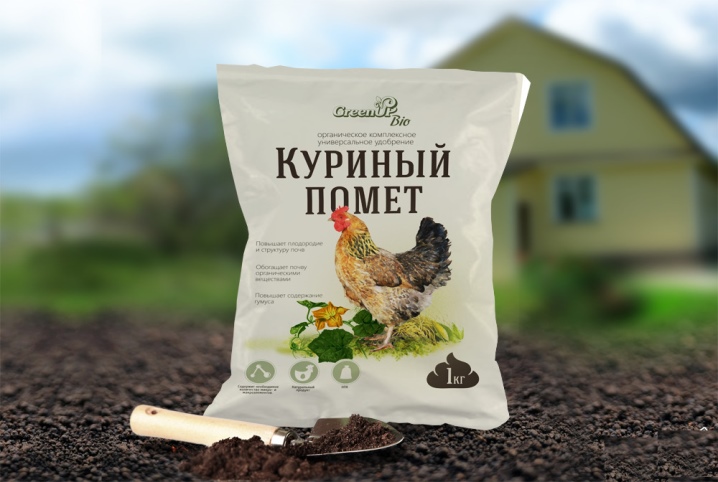
- Summer... The entire summer period can be fed trees, but without fanaticism. You can, for example, apply fertilizer three times - in June, July and August. Fertilizers containing nitrogen and trace elements are used. In the summer, foliar dressing is most often done, the compounds are diluted and the foliage is sprayed. One of the summer fertilizers is nitroammofosk. This fertilizer includes a complex of nutrients: nitrogen, phosphorus, potassium and sulfur.

Views
All fertilizers are divided into types, each of which performs its own functions and brings certain benefits to the trees.
Mineral
They are based on potassium, phosphorus and nitrogen. These are the three main components that plants need to grow and develop properly. Nitrogen fertilizers include saltpeter and urea... It must be remembered that nitrogen fertilization is necessary in spring and summer within normal limits, but unacceptable in autumn.
Another good mineral fertilizer is superphosphate. It has a good effect on the growth and development of plants, it is applied to moist soil. On soils with high acidity, they are used phosphate rock. This increases the immunity of plants so much that pests will not be able to infect them.
Fertilizers containing potassiumrequired in the fall. There are also complex fertilizers that contain all the necessary minerals. They can be purchased in stores. The combinations can be very diverse: phosphorus-nitrogen, nitrogen-potassium. The choice depends on the needs of the plants, their appearance.
But do not get carried away with mineral fertilizers, the measure is important in everything.
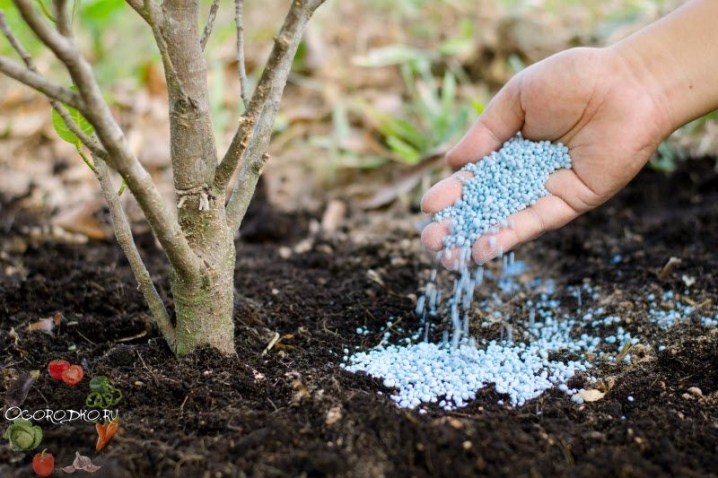
Organic
These fertilizers are extremely important in autumn, they help make the soil more fertile and better prepare the plants for winter, in addition, this type of fertilizer retains moisture well, which also brings many benefits to the roots. A very good influence in this regard has wood ash... It does not contain nitrogen, but potassium, calcium and phosphorus are present. Ash is easily obtained by burning old branches and leaves.
Another option for organic fertilization is rotted manure... But it is very important that it is not fresh, which can simply destroy the plants due to the high content of ammonia. The same applies to chicken droppings - it is useful in limited quantities, diluted and on a specific schedule.

Liquid
These types include any options: mineral, organic, humic compositions. Just before direct use, they are diluted with water in appropriate proportions. They are actively used during the growing season, fruit ripening, using both root and foliar feeding.
It all depends on the season and the needs of the plant.
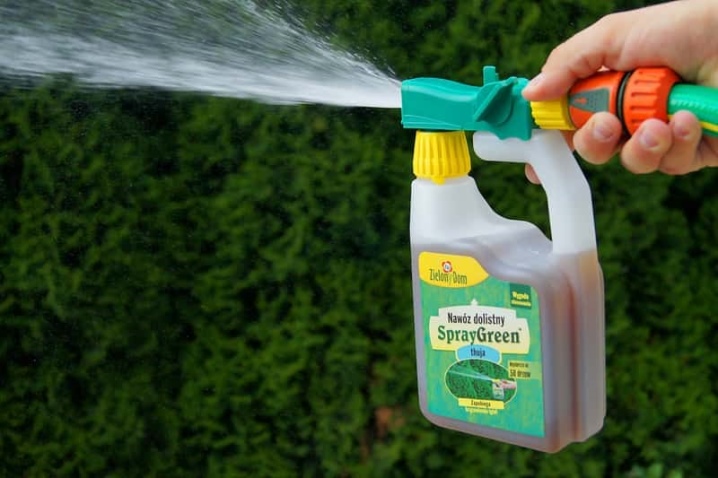
How to choose?
Before you purchase or prepare fertilizers yourself, you need to consider which trees are to be processed and what time of year at the moment.
Top dressing of fruit shrubs and garden trees is carried out in the fall, in summer and spring, with the use of those types of fertilizers that are permissible at this time. In autumn do not use nitrogen fertilizers, but it is worth applying them in the spring.
Organic is needed at all times, but within reason and diluted. For seedlings, it is also worth providing food. But you need to consider at what time the trees are planted. If in the fall, the soil is supplied with mineral fertilizers, but not nitrogen-containing, organic matter is added.For spring planting, you can also prepare fertilizing containing nitrogen.
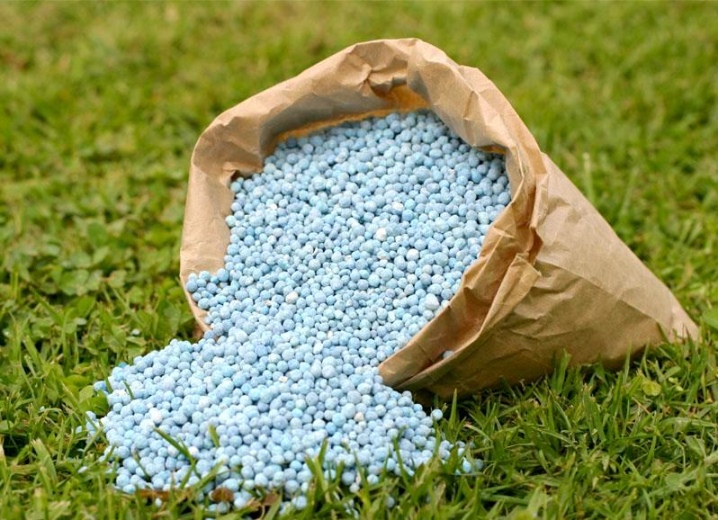
Summer for the growth of fruit trees you can apply top dressing, alternating them, using mineral fertilizers and organic. For example, use organics for one week, and after 2-3 use minerals.
For tangerine trees uses both those and other top dressing. Only this tree can hardly be grown in the garden. Even in the southern regions, this is difficult. But if in the same Krasnodar Territory this is unrealistic, in Abkhazia they do it with great success. In other regions, such a tree can only be grown at home. It lives in the same cycle. In winter, he does not need fertilizing, the rest of the time you can fertilize him.
But fertilizers for conifers differ from fruit and berry plantings. They need potassium, magnesium and phosphorus. Conifers do not need nitrogen. Do not over-use fertilizers, these trees do not need them so much.
And for the best effect, you can buy ready-made mixtures with the inscription "For conifers".
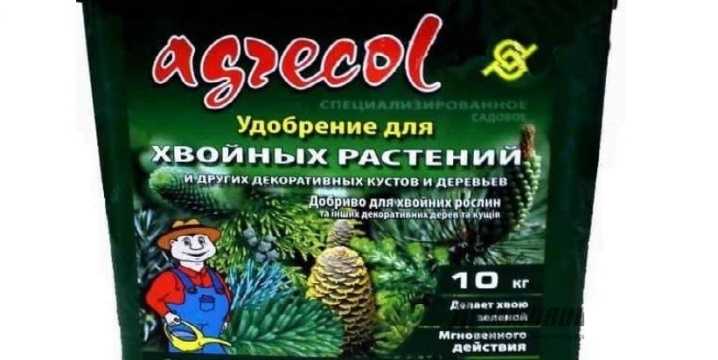
How to feed?
Before fertilizing trees, you need to decide whether to use dry or liquid options. If the soil is excessively wet and raining, dry granules will do. The trunk circle is slightly dug up and fertilizers are placed in it, then covered with earth. If the soil is dry, then liquid fertilizers are more suitable. But before that, the plants need to be watered with plain water, and only then diluted fertilizers should be applied - organic or mineral, depending on the season. For this, special grooves are dug out and liquid is poured into them.
The foliar method is used in spring and summer.... It is especially good in the hot season. Then the foliage is sprayed with diluted fertilizers. But this should be done either in the morning or in the evening, when the sun's rays do not hit the foliage.
The main thing is to remember that excessive feeding will not bring benefits, therefore it is quite enough to do this 2 times in summer and spring, and also in autumn before preparing for winter.

For gardeners who are not quite confident in their knowledge, it is easier to purchase ready-made mixtures, all proportions are clearly indicated on their packaging, and it is impossible to make a mistake. Moreover, you can choose suitable mixtures for cherries, cherries, apples, plums, pears and other fruit trees.
In addition, it should always be borne in mind that trees need not only fertilization, but also timely watering, protection from pests, as well as sanitary and decorative pruning, depending on the purpose of the tree or shrub.
The correct fertilization of trees is described in the next video.













The comment was sent successfully.